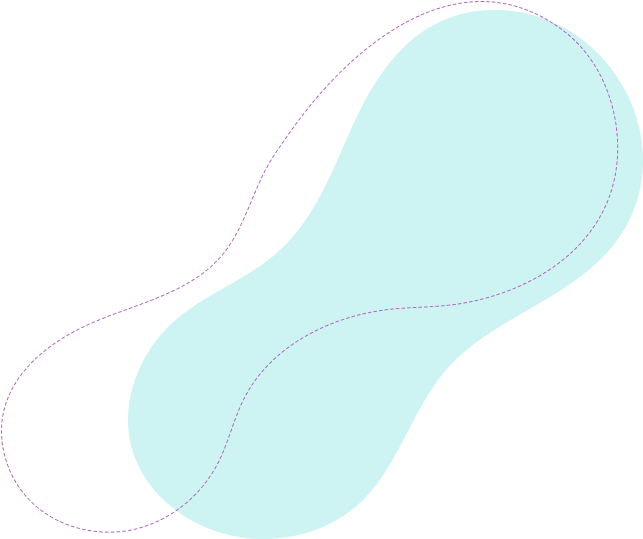Septum Resection
- 𝗛𝗼𝗽𝗲 𝗪𝗼𝗺𝗲𝗻'𝘀 𝗛𝗼𝘀𝗽𝗶𝘁𝗮𝗹
- Septum Resection

MON-SAT 8:00-9:00
+9199099 01123

Vaginal Septum Resection at HOPE Women’s Hospital
Vaginal septum resection is a surgical procedure performed to remove a vaginal septum, a wall of tissue that divides the vagina into two separate compartments. This condition, known as vaginal septum, can be congenital (present from birth) or acquired and may cause symptoms such as difficulty with intercourse, recurrent vaginal infections, pelvic pain, or obstructed menstruation. Vaginal septum resection aims to restore normal vaginal anatomy, improve sexual function, alleviate symptoms, and enhance overall vaginal health. At HOPE Women’s Hospital, we offer expert vaginal septum resection services to address this condition and improve the quality of life for our patients. .Understanding Vaginal Septum
A vaginal septum is a wall of tissue that divides the vagina into two compartments, often resulting from incomplete fusion or development during fetal development. The septum may be partial, extending partially into the vagina, or complete, dividing the vagina into two separate cavities. Symptoms of vaginal septum may include:
- Painful Intercourse: Difficulty or pain during sexual intercourse due to the presence of the vaginal septum.
- Recurrent Vaginal Infections: Increased susceptibility to vaginal infections, irritation, or discharge related to the septum.
- Obstructed Menstruation: Menstrual blood flow may be obstructed or divided by the septum, leading to irregular periods or menstrual pain.
- Pelvic Pain: Chronic pelvic pain or discomfort, especially during menstruation or sexual activity.
- Infertility or Pregnancy Complications: In some cases, vaginal septum may contribute to fertility issues or pregnancy complications, such as miscarriage or preterm labor.
Indications for Vaginal Septum Resection
Vaginal septum resection may be recommended for individuals with a vaginal septum who experience:Sexual Dysfunction: Painful intercourse, difficulty with penetration, or discomfort during sexual activity due to the vaginal septum.
Recurrent Vaginal Issues: Chronic vaginal infections, irritation, discharge, or odor related to the presence of the septum.
Menstrual Problems: Obstructed or divided menstrual flow, irregular periods, menstrual pain, or difficulty using menstrual products.
Pelvic Pain: Chronic pelvic pain, discomfort, or pressure attributed to the vaginal septum.
Fertility Concerns: Vaginal septum contributing to infertility issues or recurrent pregnancy loss requiring surgical correction.
Benefits of Vaginal Septum Resection
Improved Sexual Function: Vaginal septum resection can improve sexual function, alleviate pain or discomfort during intercourse, and enhance intimacy.Resolution of Symptoms: Removal of the vaginal septum can alleviate recurrent vaginal infections, menstrual problems, pelvic pain, and related symptoms.
Enhanced Fertility: In cases where the vaginal septum affects fertility, resection can improve reproductive outcomes and reduce pregnancy complications.
Improved Quality of Life: Patients experience improved vaginal health, reduced symptoms, and enhanced well-being following vaginal septum resection.
Prevention of Complications: Surgical correction of vaginal septum helps prevent potential complications such as recurrent infections, menstrual issues, or fertility
challenges.
The Vaginal Septum Resection Procedure
During vaginal septum resection, the surgeon performs the following steps:
Anesthesia: The procedure is typically performed under general anesthesia to ensure patient comfort and pain control.
Incisions: Small incisions are made in the vaginal wall to access and remove the vaginal septum.
Resection: The surgeon carefully dissects and removes the septum, ensuring complete removal while preserving surrounding vaginal tissue and structures.
Closure: The incisions in the vaginal wall are closed with dissolvable sutures to promote healing and prevent infection.
Postoperative Care: Patients receive postoperative care instructions, pain management medications, and follow-up appointments to monitor healing and recovery.
Recovery and Postoperative Care
After vaginal septum resection, patients typically experience:
Recovery Time: Most patients can resume normal activities within a few days to a week, with limited activity restrictions and mild postoperative discomfort.
Pain Management: Over-the-counter pain medications or prescription pain relievers may be prescribed to manage postoperative discomfort.
Follow-up Appointments: Follow-up appointments with the healthcare provider are scheduled to monitor healing, discuss postoperative care instructions, and assess treatment outcomes.
Why Choose HOPE Women's Hospital for Vaginal Septum Resection?
Experienced Surgeons: Our team includes experienced gynecologists and pelvic surgeons skilled in performing vaginal septum resection with precision and expertise.
Advanced Technology: We utilize state-of-the-art surgical techniques, instruments, and imaging technology to ensure safe, effective, and minimally invasive procedures.
Comprehensive Care: We offer comprehensive preoperative evaluations, personalized surgical plans, and compassionate postoperative care to optimize patient outcomes and satisfaction.
Patient-Centered Approach: We prioritize patient education, counseling, and involvement in treatment decisions, ensuring a positive surgical experience and optimal recovery.

GET APPOINTMENT
Schedule Your Consultation
APPOINTMENT
If you have a vaginal septum or related symptoms, schedule a consultation with our healthcare team at HOPE Women's Hospital. We are dedicated to providing you with expert vaginal septum resection services, personalized treatment options, and support to address your concerns and improve your quality of life.

